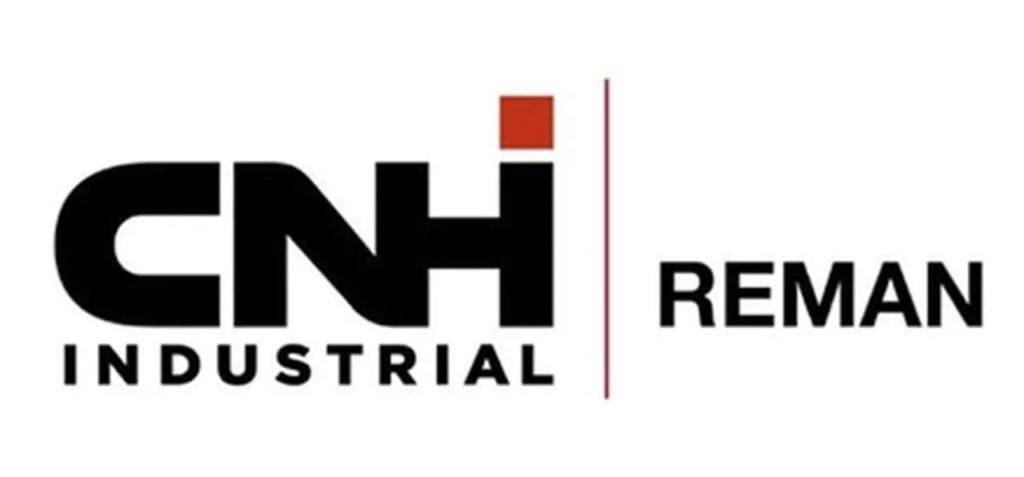
Charles R. Goulding and Preeti Sulibhavi look at the challenging state of affairs in large scale manufacturing.
In an article published on August 31, 2021, the Wall Street Journal (WSJ) highlighted an issue companies across many industries are experiencing: the unfinished goods pile up.
Unfinished goods, or work-in-process (WIP) inventory, is generally not a desirable asset to have in abundance. In fact, WIP for durable goods rose 3% in June compared to the same month last year. WIP represents cash that has been consumed in production that is waiting to be replenished when converted to finished goods and sold. But in recent times, it appears it is the stark reality many businesses across a myriad of industries are faced with. All this is due to shortages of mechanical parts, commodity materials and electronic components containing certain types of semiconductor chips.
Also covered in the WSJ article is the fact that the shortage of mechanical parts is further exacerbated by the employment crisis created by the Coronavirus pandemic and a transportation system overwhelmed by demand and short on staff as well.
The industries affected include household items (including furniture and doors), machinery and equipment (specifically farming and construction), and of course, automobiles. Production has gone idle across many of these assembly plants and the backlog is not moving as demand is pushing for increased production.

Some of the specific leading companies that are referred to in the WSJ article include the following.
- CNH Industrial NV manufactures New Holland farm machinery and Case construction equipment, has thousands of WIP earthmovers and tractors waiting for parts at plants. Their CEO, Scott Wine, indicated that it risks falling further behind customer demand if the company continues to cease production until it receives all the required components.
- Door-lock manufacturer, Allegion PLC, which normally has a very tight supply chain, is now faced with challenges in meeting demand for its products. The supply of semiconductor chips and other electronic components for its commercial lock systems is responsible for this three-to-four-month backlog.
- Honeywell has stated that its revenue would have been between US$100-200M for the second quarter of 2021 if its supply chains had not been constrained. Specifically, for Honeywell, shortages of plastic resins, semiconductor chips and other components have been the root cause of the supply chain shortage for its building components systems business as well as its safety gear and warehouse equipment businesses.
- Howmet Aerospace, Inc. (f/k/a Arconic), which produces aluminum wheels for heavy duty trucks, indicated that its second quarter sales dropped from the first quarter of 2021 due to shortages of chips and other parts that led them to scale back truck assembly and production.
- Illinois Tool Works, Inc has an order backlog of US$200M, due in large part to components in can’t deliver to idled auto plants or to other customers.
This story can be heard among many companies, including General Motors, which is storing thousands of its new pickup trucks that lack chips or other components in airport parking lots near its plant in Flint, Michigan.
By outlining how 3D printing can provide an opportunity to use more advanced technology to create component parts, it become apparent that the supply chain disruption can be resolved to some extent using 3D printing techniques. While not currently able to produce semiconductor chips, 3D printing technology can be used to locally build many other parts required for production.
The Research & Development Tax Credit
The now permanent Research and Development (R&D) Tax Credit is available for companies developing new or improved products, processes and/or software.
3D printing can help boost a company’s R&D Tax Credits. Wages for technical employees creating, testing and revising 3D printed prototypes can be included as a percentage of eligible time spent for the R&D Tax Credit. Similarly, when used as a method of improving a process, time spent integrating 3D printing hardware and software counts as an eligible activity. Lastly, when used for modeling and preproduction, the costs of filaments consumed during the development process may also be recovered.
Whether it is used for creating and testing prototypes or for final production, 3D printing is a great indicator that R&D Credit eligible activities are taking place. Companies implementing this technology at any point should consider taking advantage of R&D Tax Credits.
Conclusion
The supply of necessary components or parts is disrupting much needed production of goods across a variety of industries. 3D printing can help be part of the global supply chain solution.

